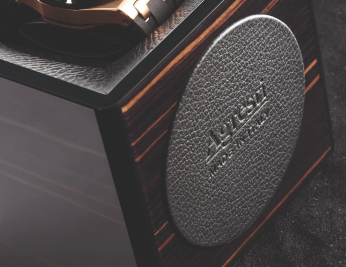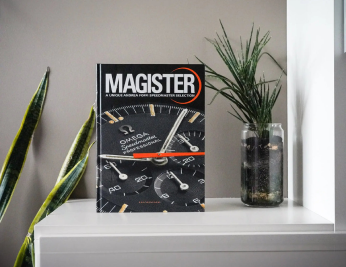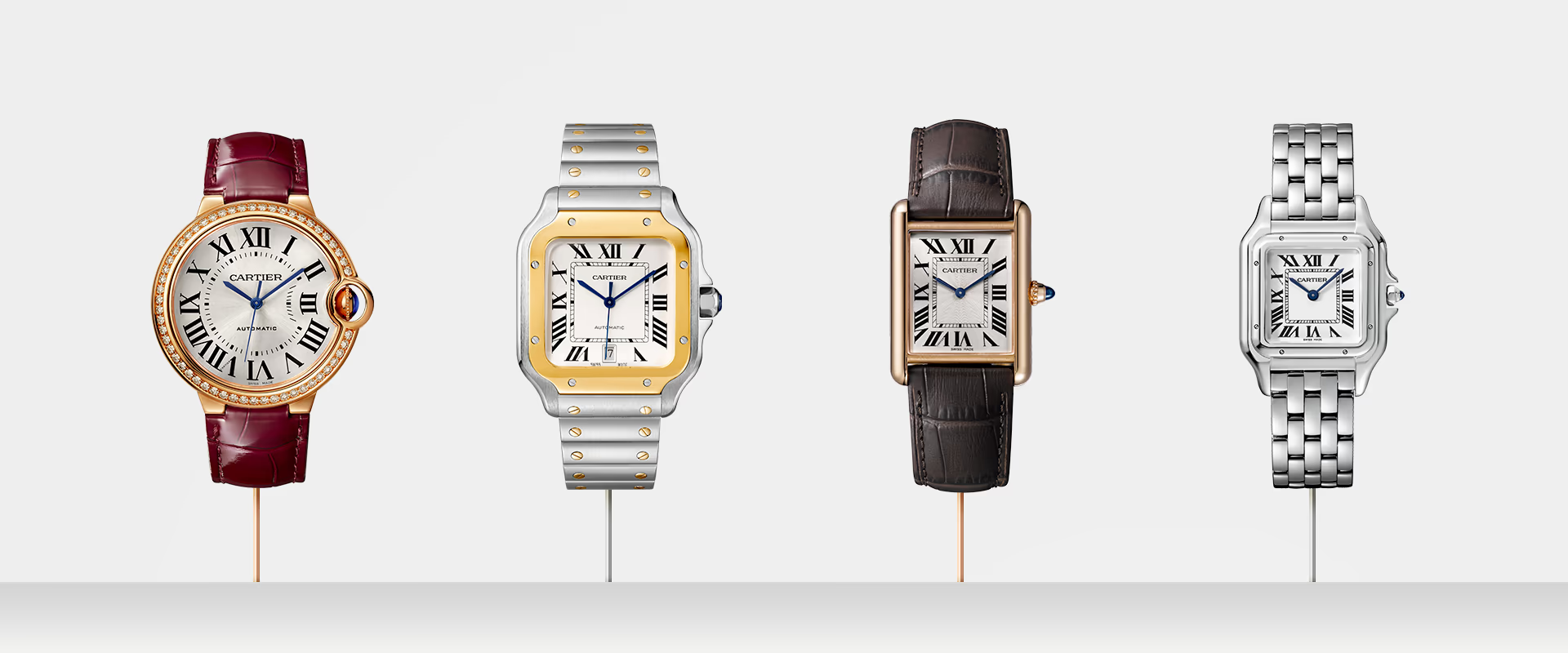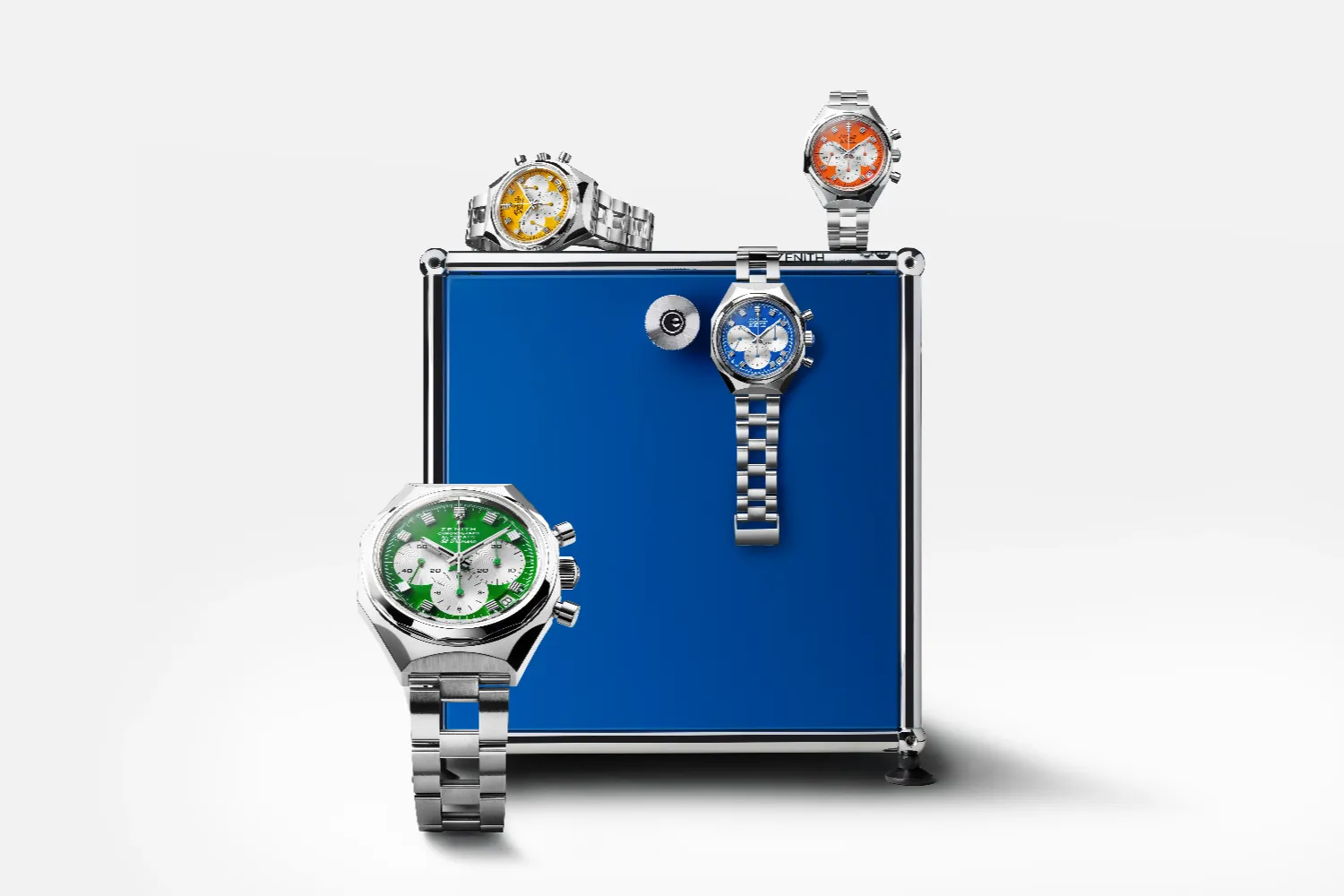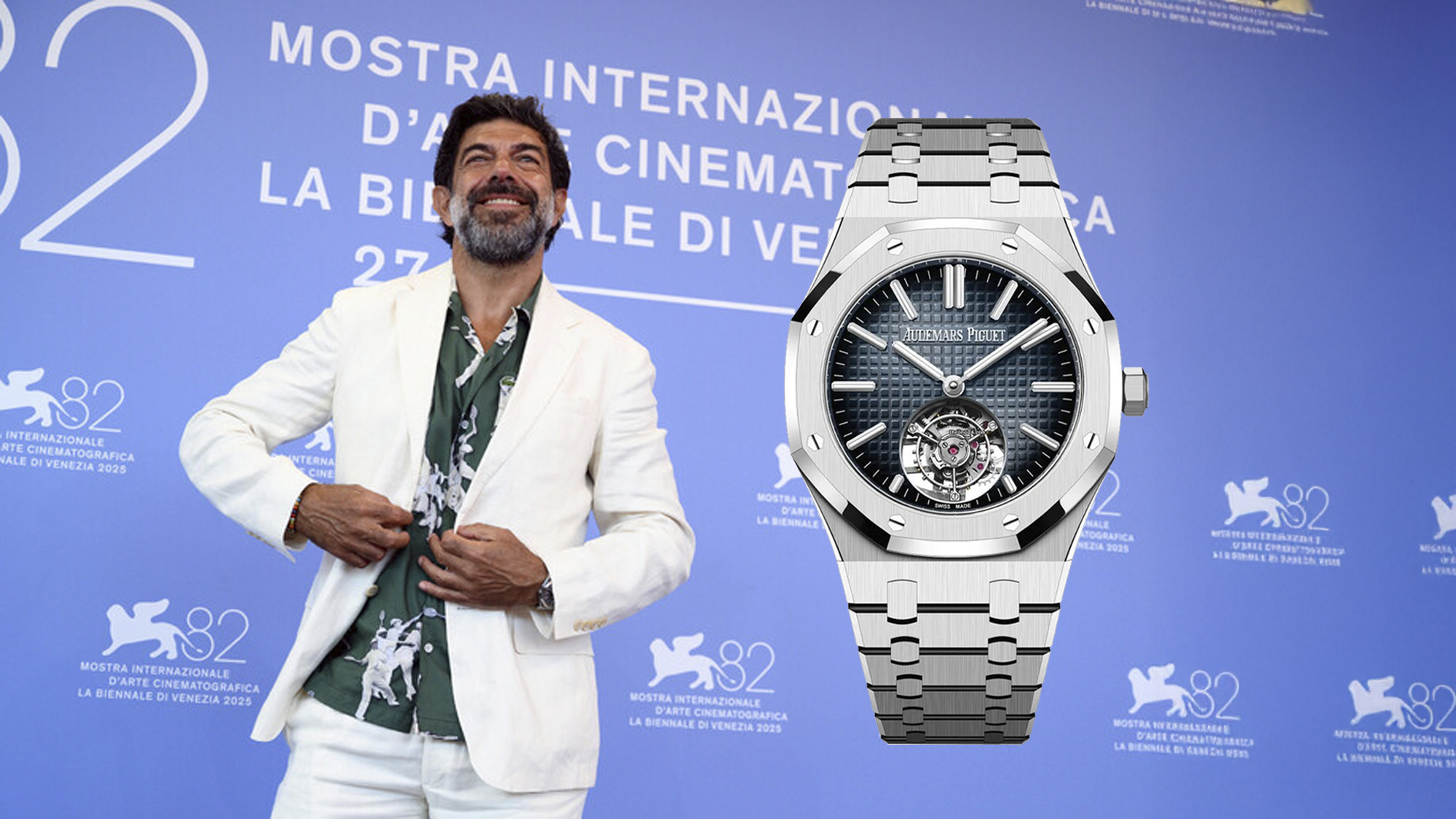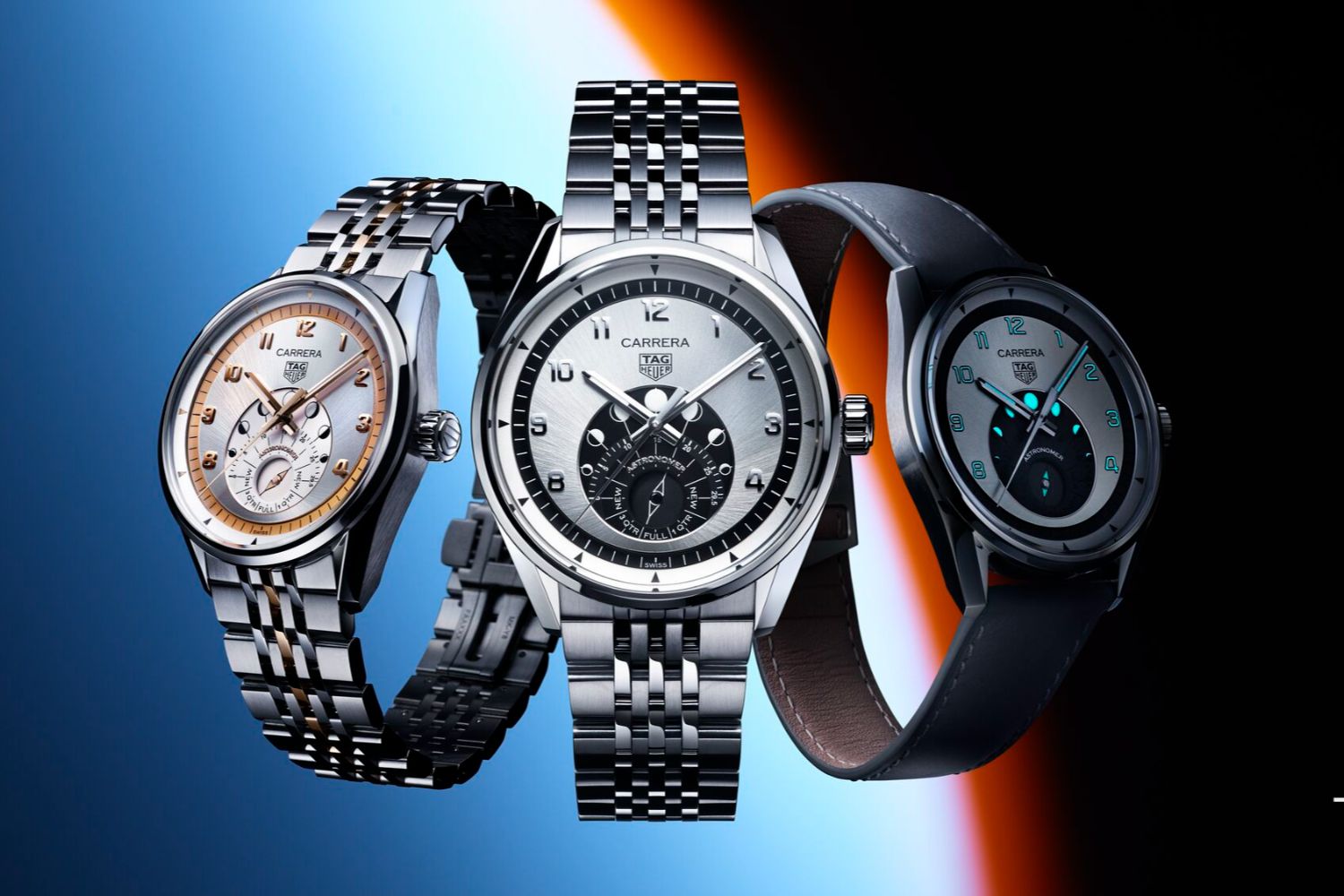The watch case certainly represents the meeting point between the goldsmith’s art and that of watchmaking. It defines the distinctive feature of the timepiece we wear on the wrist, its functionality, it protects its movement, and ultimately gives its wearer its sought-after distinctive character.
Driven by public demand and needs, over the years manufacturers have designed many models that maintain their distinctive DNA that distinguishes them to these days.
In fact, examining the distinctive features of the maisons, it is possible to notice how the case shapes, despite some changes dictated mostly by technical innovations and fashions, have preserved over time the character of the production line, giving the objects distinguishable identities appreciated and recognized by the market.
For instance, Patek Philippe‘s style is visible in their pieces through very distinct manufacturing that exudes a classic, elegant style.
The same can be said for Rolex, which has made the Oyster case a true symbol of strength, harmony and elegance.
The components of a case
We proceed step by step and begin to list those that are the main components that constitute it.
Starting with the bezel, a ring placed in front of the case into which the glass is inserted. It comes in different features: smooth, beveled, fluted, mono and bidirectional. The materials used range from gold to ceramic or steel.
ISecondly, we find the middle case, which hosts the movement and the dial. The most common are the carrè case, the tonneau, the rectangular, the triangular and the tortue, very popular during the last decades. Although currently the most common option is steel, unquestionably the most resistant material to shocks, corrosion and oxidation, as for the bezel, the materials used for the realization are the most disparate: all types of gold, titanium, platinum, ceramic, hybrid materials and, in some models, even wood.
Located in the lower part of the case is the case back, which plays a decisive role in the watch. In fact, It has to be easy to open for service, while at the same time provide airtightness to the object, constituting a main element of solidity. There are basically three techniques for fixing the case back: pressure, screw, or, in the most precious professional models, by applying threaded screws to the middle case. Generally, the materials used follow the line of the clock, although glass or other metal case back is frequently found.
The thoughts behind case making
Having made a proper description of the components that make up the case, the strong correlation between the functionality and the craftsmanship of the object immediately emerges, diversifying it and making it unique, thus creating a strong link between the watch and its owner.
Jean-Pierre Hagmann is of the same idea. Widely known for his JPH-branded creations within the cases, Hagmann has worked for nearly every major watch brand: Rolex, Audemars Piguet, Longines, Jaeger–LeCoultre, Gerald Genta, independent watch brands of the years 90 like Franck Muller and Svend Andersen, focusing mainly on Patek Philippe designs.
For Hagmann, the main function of the case, considering aesthetic considerations, is to offer protection according to the use made of the watch. The design is therefore considered as an example of form that follows the function of the object. According to Hagmann, a good watch case manufacturer cannot build one without understanding the spirit of the brand, nor can they ignore the ability to identify oneself with the customer.
Of a more practical idea is François Borgel, talented inventor and father of the waterproof case, whose patent, filed in 1892, is recognized as the very first attempt to make watches resistant to dust and humidity. Driven by the practical nature and market trend, oriented towards more robust watches, to be worn in less formal situations, Borgel devoted a large part of his activity to the construction and development of innovative cases, dedicated to specific purposes and functions.
The first to adopt the Borgel screw case were Longines and IWC. Following his passing, although the business was sold in 1924 to the Taubert family of Le Locle, who carried it on supplying many manufacturers including Patek Philippe and Vacheron Constantin, it is to be noted how the cases produced remained stamped by the François Borgel brand, undoubtedly of greater appeal, synonymous with resistance and quality.
Different interpretation is that of Emile Vichet, illustrious cashier active in the twentieth century, recognized for his claw-shaped handles, typically elongated and curved downwards. Innovation without worrying about the market and questioning the classic construction criteria, push Vichet to create unique pieces.
We are faced with a construction model fed by different parameters with respect to the ability to identify with the customer dear to Hagmann, and equally distant from Borgel’s technical-scientific approach. Even today, despite Vichet’s suspension of the company operations in the 1960s, his memory is recognizable in numerous modern designs such as the Chronometre Contemporain Akrivia.
Technical evolution throughout the years
Dictated by practical needs, or simply by the aspiration to create more particular and exclusive objects, there have been many technical variations on the theme over the years.
We can date with almost certainty the beginning of the innovations in the first decade of the 1900s, a period within which the case masters began to revolutionize the standard construction canons of the case. Despite the taste of the time favoring round watches, Cartier pushed the boundaries with the production of the Santos in 1904, with a square shape, and the Tank in 1917, with a rectangular shape.
It is worth mentioning among the most decisive changes, the adoption of the tonneau case starting from the early decades of the 1900s. This design, which develops through a barrel shape of the middle case, definitively breaks the solemnity of form in haute horology, distinguishing itself as a very alternative elegant in noble dress watches.
A functional requirement that has driven the research and development of the manufacturers is undoubtedly waterproofing. Based upon Borgel’s patents, in fact, a real race began to create a completely water-resistant case, according to precise depths and pressures.
It was 1926 when Rolex first introduced the Oyster case. Recognized as the first truly waterproof, the Oyster case opens the door to a concept of modern watchmaking, where design blends with the guarantee of functionality and resistance.
Equally appreciated for their refined and simple lines are the ultra-flat speakers. Enclosing the movement and the dial in a few millimeters thick, they are synonymous with comfort and elegance. Since the 1960s, the thickness race has been a favorite subject of Jeager LeCoultre and Piaget. The latter, with the creation of the ultra-thin 9P caliber movement, approximately 2 millimeters thick, ultimately redefined the concept of an ultra thin case.
When addressing the topic of dimensions, the question inherent in the diameter of the case is of fundamental importance. Although the market inclinations had dictated until then diameters no larger than 40 millimeters, in the early 90s it is worth noting the turn towards Panerai and its timepieces characterized by generous diameters, from 44 to 48 millimeters.
Materials of the case
When considering the importance of the construction of the case, we cannot fail to address the materials used. Due to its long-lasting and rust-proof characteristics, gold was the most used material until the early 1920s.
Although the definitive consecration takes place years later, the introduction of stainless steel in 1913 marks the real turning point in the field of construction, opening the doors to the development of new materials and assembly techniques.
In addition to the most precious gold and platinum, and precisely stainless steel, we mention the use of aluminum, known for its lightness, carbon for its solidity, ceramic for its resistance to scratches, brass for its cheapness and titanium both for its weight, twice less than steel, and for its great ability to resist corrosion, which is why it is often used in the manufacture of ultra sports divers.
An original and quite captivating move, which in our opinion demonstrates Tudor’s desire to break away from the Rolex image, is the recently launched launch of a Black Bay 58 entirely made out of bronze. Manufactured by fusing copper and tin, this material offers good resistance and great ease of manufacturing.
Conclusions
Once listed the components that make up the case, expressed the thought of three superstars of the sector, and ultimately clarified the evolution of the shape and the main materials used, we agree in stating how much the construction methodology cannot be separated from the rules of design and spirit of innovation, while paying great attention to all the specific technical aspects established by the use made of the object.
In conclusion, whether they are dictated by certain practical circumstances, or simply suggested by the goal of making the object more particular and desired, each of the philosophies and techniques of construction of the case have made it possible to reach unimaginable design frontiers from which we expect further interesting developments in the future.
Author: Jacopo Invernizzi
Translator: Enrico Della Guerra

